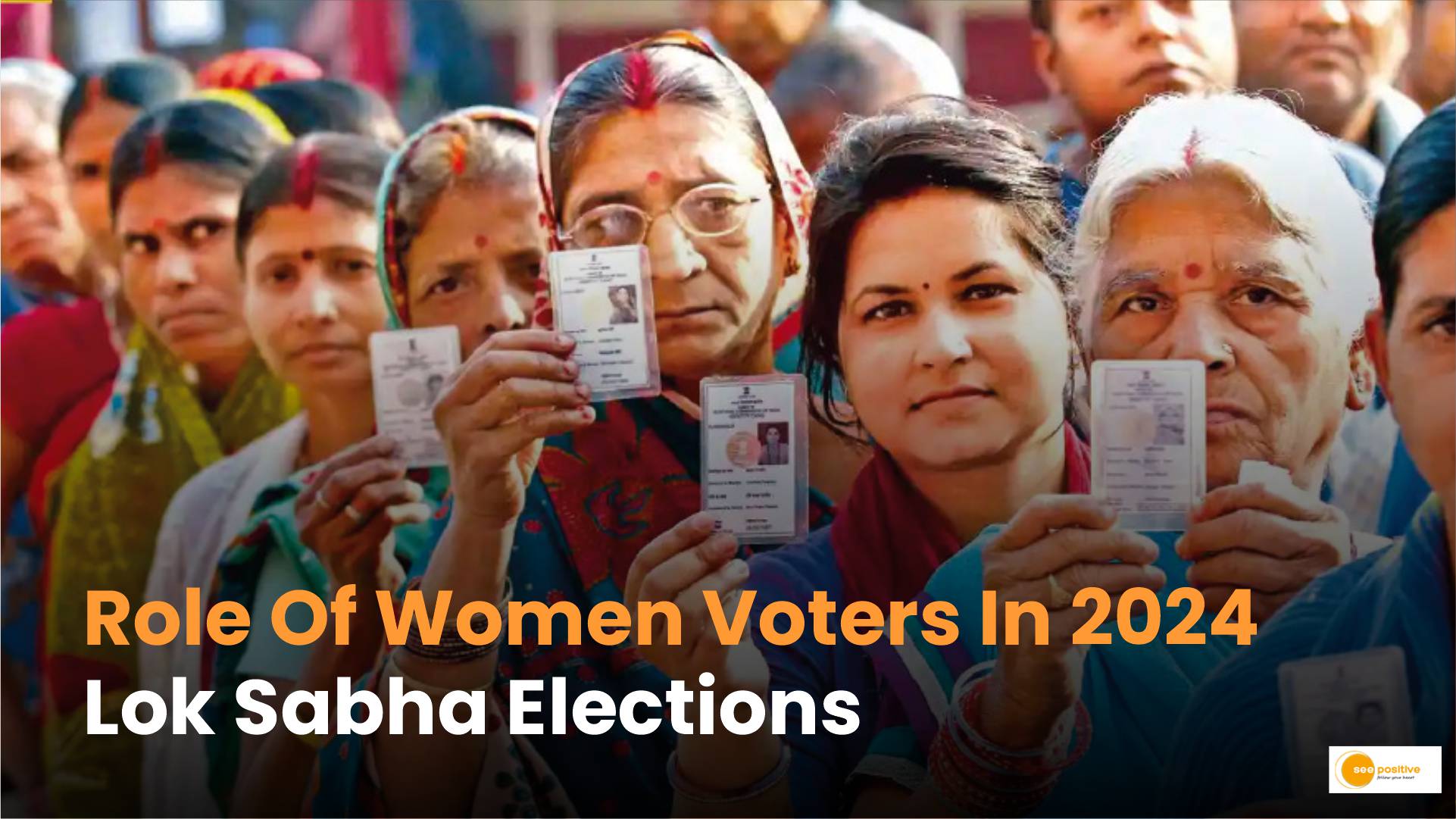As India gears up for the highly anticipated 2024 Lok Sabha elections, all eyes are turning towards a significant demographic that is poised to play a crucial role in shaping the country’s political landscape: Women. With women expected to constitute nearly half of the total voters in this election cycle, their influence and participation have never been more crucial.
The Rising Influence of Women Voters
1. Changing Demographics:
- The Election Commission (EC) released the schedule for parliamentary polls to elect the 18th Lok Sabha on March 16, 2024.
- A report released by the State Bank of India (SBI) on December 14, 2023, found that the percentage of women voters is on the rise, potentially reaching nearly half (49%) of the total electorate by 2024.
- This trend is expected to continue, with women voters significantly outnumbering men in elections beyond 2029. By 2047, estimates suggest a potential voter split of 55% women to 45% men.
2. Historical Shifts:
- Over the past decade, the increasing involvement of women in India’s political landscape stands out as one of the most notable narratives.
- In the 2019 General Lok Sabha elections, the turnout of female voters surpassed that of males, marking a departure from trends observed since 1991, when the gap between the genders exceeded 10%.
- In 2014, voter turnout surged by 137 million to 550 million, with women comprising 260 million, a 5.5 times increase from the average turnout between 1962 and 2009.
- By 2019, the turnout reached 620 million, with 300 million being women.
3. State Assembly Elections:
- The trend of rising female voter turnout is even more striking in state assembly elections.
- Among the 23 major states where state assembly elections occurred in the last five years, data reveals that women’s turnout surpassed that of men in 18 states.
- Notably, in 10 of these 18 states where women’s turnout exceeded that of men, the incumbent government was reelected.
Strategies to Increase Women’s Votes
1. Awareness Campaigns:
Launch targeted awareness campaigns to educate women about their voting rights, the importance of their participation, and the impact of their votes on policy decisions.
2. Inclusive Policies:
Political parties should prioritize women-centric policies and address issues such as healthcare, education, safety, and economic empowerment.
Highlight successful women leaders and their contributions to inspire more women to engage in the electoral process.
3. Collaboration with NGOs and Women’s Groups:
Partner with non-governmental organizations (NGOs) and women’s groups to organize voter registration drives, workshops, and discussions.
Encourage women to register as voters and actively participate in elections.
4. Promote Gender Equality:
Advocate for gender equality within political parties and encourage women’s representation in leadership positions.
Implement measures such as reserving seats for women candidates to ensure their active participation.
The Pledge for 50% Women Voters
As part of the commitment to enhance women’s participation, political parties should take a bold step by pledging to achieve 50% women voters across 250 seats. This initiative will not only empower women but also strengthen our democracy by ensuring diverse voices are heard.
Positive takeaway
Women voters hold immense power to shape the future of our nation. Their active engagement in the democratic process is not just a right but a responsibility—one that can lead to a more inclusive and equitable society.
Let us collectively work towards a Lok Sabha election where every woman’s vote counts, and where their voices resonate in the corridors of power.


